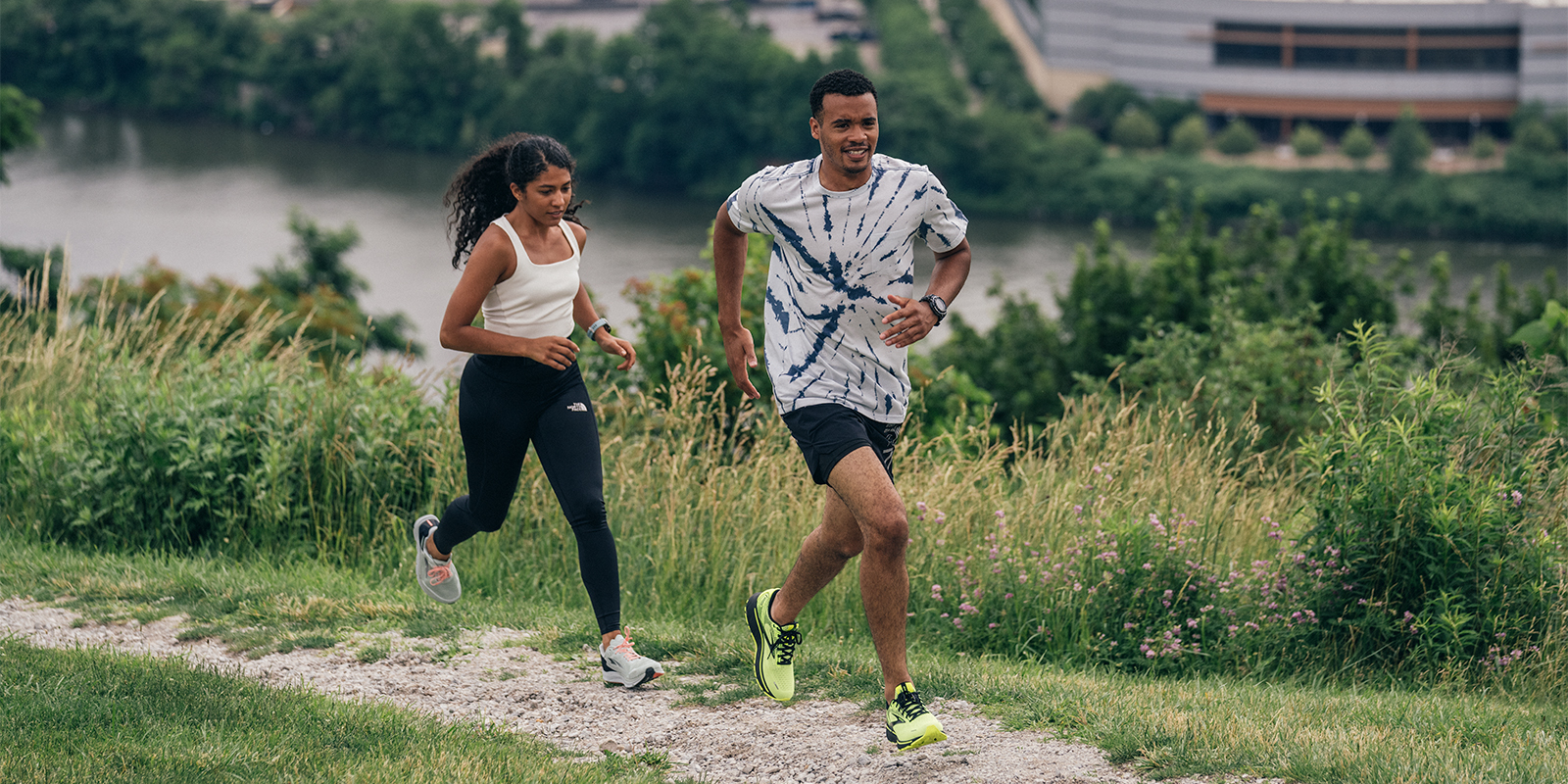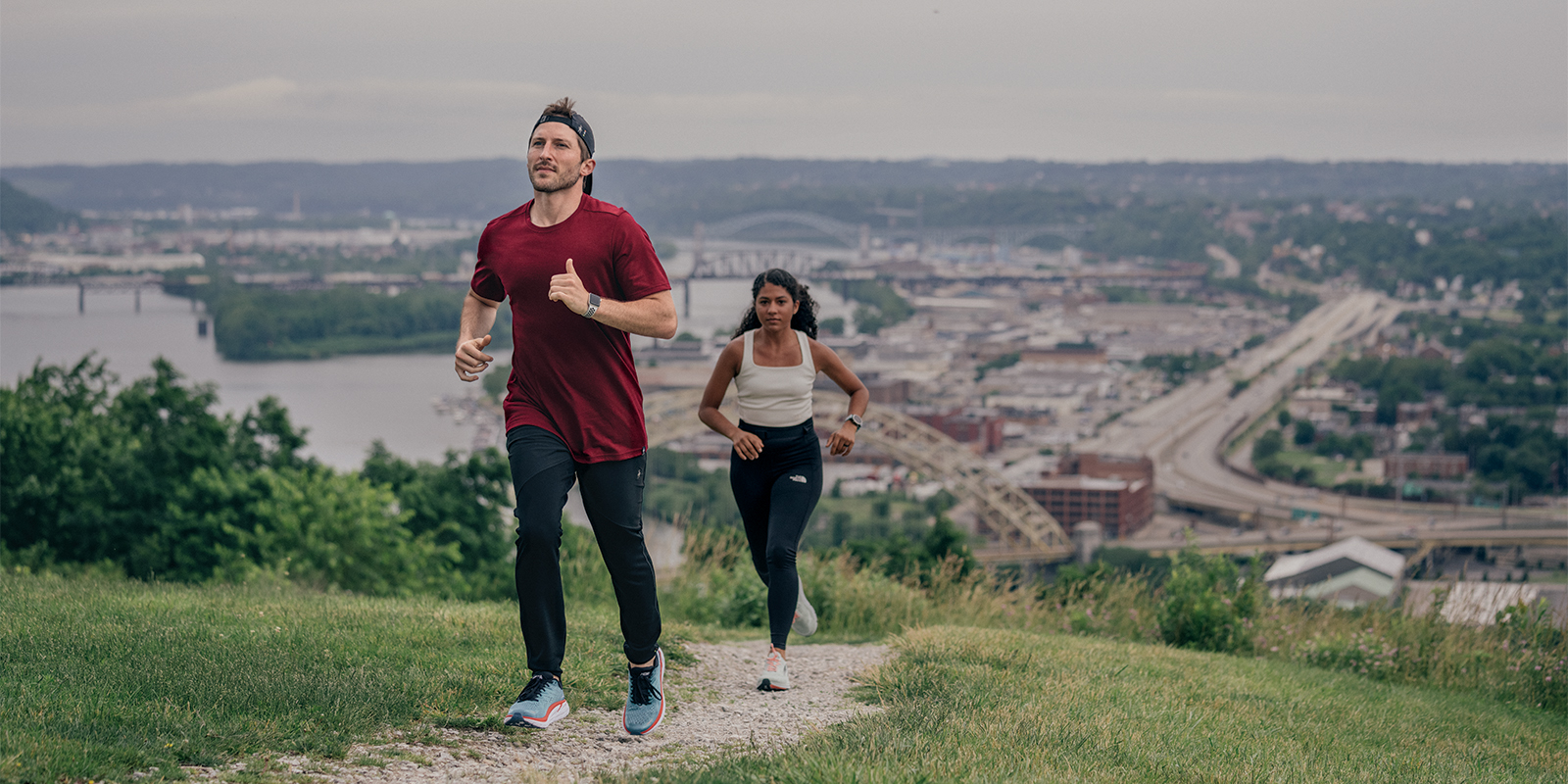You hike, you know the trails. Your leg muscles are strong and you’re comfortable negotiating all kinds of terrain. You love spending time outdoors and experiencing the best of public lands. If you answered yes, yes, and yes, then you’re a candidate for trail running, which lets you see more scenery, boost fitness even more, and enjoy the double runner’s high of endorphins plus nature.
Hikers looking to try trail running have a leg up, so to speak, on many coming from other sports, or from no sports at all. But there are still a few things you should know. We talked to Terry Chiplin, owner of Active at Altitude trail running camps in Estes Park, Colorado, which specializes in beginner-friendly experiences in and around Rocky Mountain National Park. Here’s Chiplin’s advice.
1. Know You Can Do It
This first thing, says Chiplin, is to eliminate self-doubt. Everybody is a runner. “Some people have built an idea that they’re not a runner,” he says, adding that when beginners come to his camps and layers are pulled back, he often finds that somebody along the line told them they’d never be a runner. “One of the things I’ve enjoyed with beginner runners is helping to unlock those self-beliefs,” because, he explains, the mental limits are tied to physical limits. Once somebody lets go of those limits, all of a sudden they think, ‘Oh my God, I can run! Actually, this is pretty damn fun! I get to enjoy it—in nature.’ And if you’re a hiker, you’ve been on trails already. Transitioning is kind of an easy step out.”
2. Have the Right Gear
If you’re an experienced hiker already, you know the importance of the right kind of footwear. Trail running shoes differ from both hiking shoes and road running shoes. “I’m a big proponent for having good-fitting trail shoes with a reasonable degree of traction,” says Chiplin. He laughs when recalling when he first ran in Rocky Mountain National Park as a road runner coming from England. “I thought I was the bee’s knees,” he says. “I was wearing road running shoes and twisted an ankle on the first descent.”





